Why P2P Crypto Exchanges Are the Future of Digital Asset Trading?
Introduction The cryptocurrency world is ever changing, and so are the ways of trading digital assets. Centralized exchanges dominated the trading landscape up until recently, but occurring on a quiet side is the revolution of Peer-to-Peer (P2P) crypto exchanges. These platforms constitute not just an avenue, but a radical departure in how individuals relate and exchange cryptocurrencies, projecting a more decentralized, more accessible financial model into the future. But why did many crypto enthusiasts decide to trade this way? Let's go down to the nitty-gritty of the functions and future of P2P exchanges. What are P2P Crypto Exchanges? Picture a digital marketplace in which you can buy and sell cryptocurrencies by directly interfacing with people, with no central authority acting as an intermediary. That is a P2P crypto exchange. Unlike traditional exchanges that hold your funds and trade on your behalf, P2P exchanges provide an ecosystem for users to meet, agree on terms, and trade directly. Think of it as Craigslist or eBay for cryptocurrency trading. LocalBitcoins, Paxful, and Hodl Hodl are examples of P2P exchanges, while newer decentralized platforms keep emerging as demand for more control and privacy increases. As this model gains popularity, many entrepreneurs and blockchain developers are exploring how to create your own p2p crypto Exchange, offering tailored solutions for niche markets and local communities. Why P2P Is the Future of Digital Asset Trading? There are some very good reasons to suggest that P2P crypto exchanges are set to take an ever-greater importance in the future of digital asset trading. Global Accessibility: Traditional financial institutions often hinder individuals in certain regions or those without access to conventional banking, thus, P2P exchanges break down these barriers. By connecting buyers and sellers directly across the globe, they allow trading in cryptocurrencies with no respect to geographical or banking limitations. This creates avenues for financial inclusiveness and empowers individuals in underserved markets to participate in the digital economy. Security by Design: While the idea of direct peer interaction raises security concerns from the outset, robust P2P platforms incorporate layers of security. Escrow services assure that a seller's cryptocurrency is not transferred until the buyer confirms receipt of payment; all this in the spirit of preventing fraud in its earliest form. Increasingly, smart contracts are being brought into the picture so that they run and secure the trading process. And reputation mechanisms help to create a secure environment: users can know how trustworthy their trading counterparties are based on their history of past transactions. Cost-Efficiency: While the idea of direct peer interaction raises security concerns from the outset, robust P2P platforms incorporate layers of security. Escrow services assure that a seller's cryptocurrency is not transferred until the buyer confirms receipt of payment; all this in the spirit of preventing fraud in its earliest form. Increasingly, smart contracts are being brought into the picture so that they run and secure the trading process. And reputation mechanisms help to create a secure environment: users can know how trustworthy their trading counterparties are based on their history of past transactions. Trustless Advantage: Decentralization more concentrated on neglecting median persons from the equation are at the heart of the cryptocurrency philosophy. P2P exchanges fall in this category. Without a central authority, these exchanges offer a low risk of censorship, have no single point of failure, and do not require that you trust a third party with your funds. Controlling your own assets is a strong-winded representation of the value system that underlies the entire crypto community. Evolution and Innovations of P2P Crypto Exchanges The P2P crypto exchange ecosystem is ever-changing; presently it is increasingly implementing new technologies to bring improved user experience and expand functionalities. Some key points of evolution and innovation will undoubtedly assist in shaping the future of the P2-P exchange for digital assets in one way or another. Integration with DeFi protocols: Among the most exhilarating advancements lies an increasing integration of the P2P world into the blooming Decentralized Finance. The integration presents assorted opportunities for the user. Lending or borrowing cryptocurrencies acquired through a P2P trade right on such a platform could be seamless; likewise, your crypto holdings could serve as collateral for DeFi loans. This could create one additional pathway for increasing the utility of digital assets traded on P2P exchanges beyond just the basic buy-sell. User interface enhancements and matching algorithms: Among these were creating an easy Peasy yet enjoyable user interface for P2Ps, address
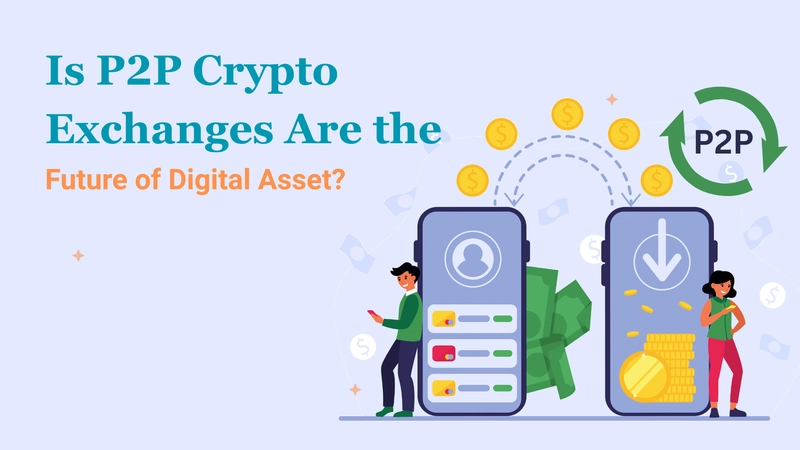
Introduction
The cryptocurrency world is ever changing, and so are the ways of trading digital assets. Centralized exchanges dominated the trading landscape up until recently, but occurring on a quiet side is the revolution of Peer-to-Peer (P2P) crypto exchanges. These platforms constitute not just an avenue, but a radical departure in how individuals relate and exchange cryptocurrencies, projecting a more decentralized, more accessible financial model into the future. But why did many crypto enthusiasts decide to trade this way? Let's go down to the nitty-gritty of the functions and future of P2P exchanges.
What are P2P Crypto Exchanges?
Picture a digital marketplace in which you can buy and sell cryptocurrencies by directly interfacing with people, with no central authority acting as an intermediary. That is a P2P crypto exchange. Unlike traditional exchanges that hold your funds and trade on your behalf, P2P exchanges provide an ecosystem for users to meet, agree on terms, and trade directly. Think of it as Craigslist or eBay for cryptocurrency trading. LocalBitcoins, Paxful, and Hodl Hodl are examples of P2P exchanges, while newer decentralized platforms keep emerging as demand for more control and privacy increases. As this model gains popularity, many entrepreneurs and blockchain developers are exploring how to create your own p2p crypto Exchange, offering tailored solutions for niche markets and local communities.
Why P2P Is the Future of Digital Asset Trading?
There are some very good reasons to suggest that P2P crypto exchanges are set to take an ever-greater importance in the future of digital asset trading.
Global Accessibility:
Traditional financial institutions often hinder individuals in certain regions or those without access to conventional banking, thus, P2P exchanges break down these barriers. By connecting buyers and sellers directly across the globe, they allow trading in cryptocurrencies with no respect to geographical or banking limitations. This creates avenues for financial inclusiveness and empowers individuals in underserved markets to participate in the digital economy.
Security by Design:
While the idea of direct peer interaction raises security concerns from the outset, robust P2P platforms incorporate layers of security. Escrow services assure that a seller's cryptocurrency is not transferred until the buyer confirms receipt of payment; all this in the spirit of preventing fraud in its earliest form. Increasingly, smart contracts are being brought into the picture so that they run and secure the trading process. And reputation mechanisms help to create a secure environment: users can know how trustworthy their trading counterparties are based on their history of past transactions.
Cost-Efficiency:
While the idea of direct peer interaction raises security concerns from the outset, robust P2P platforms incorporate layers of security. Escrow services assure that a seller's cryptocurrency is not transferred until the buyer confirms receipt of payment; all this in the spirit of preventing fraud in its earliest form. Increasingly, smart contracts are being brought into the picture so that they run and secure the trading process. And reputation mechanisms help to create a secure environment: users can know how trustworthy their trading counterparties are based on their history of past transactions.
Trustless Advantage:
Decentralization more concentrated on neglecting median persons from the equation are at the heart of the cryptocurrency philosophy. P2P exchanges fall in this category. Without a central authority, these exchanges offer a low risk of censorship, have no single point of failure, and do not require that you trust a third party with your funds. Controlling your own assets is a strong-winded representation of the value system that underlies the entire crypto community.
Evolution and Innovations of P2P Crypto Exchanges
The P2P crypto exchange ecosystem is ever-changing; presently it is increasingly implementing new technologies to bring improved user experience and expand functionalities. Some key points of evolution and innovation will undoubtedly assist in shaping the future of the P2-P exchange for digital assets in one way or another.
Integration with DeFi protocols:
Among the most exhilarating advancements lies an increasing integration of the P2P world into the blooming Decentralized Finance. The integration presents assorted opportunities for the user. Lending or borrowing cryptocurrencies acquired through a P2P trade right on such a platform could be seamless; likewise, your crypto holdings could serve as collateral for DeFi loans. This could create one additional pathway for increasing the utility of digital assets traded on P2P exchanges beyond just the basic buy-sell.
User interface enhancements and matching algorithms:
Among these were creating an easy Peasy yet enjoyable user interface for P2Ps, addressing ergonomics for trading between peers. On the other hand, these evolving and engaging aesthetics give rise to more intelligent matching algorithms to keep users and vendors together on their own terms concerning pricing, mode of payment, and verification level.
Layer-2 scaling solutions:
Layer 2 scaling solutions, like the Lightning Network for Bitcoin, resolve the scalability issues on some blockchain networks in anticipation of P2P crypto trading becoming universally accepted. The promise of extremely fast and inexpensive transactions being provided by these side chains is of the utmost importance in the functionality of P2P platforms, in which the transaction fees and confirmation times will be unfeasibly low, rendering small-value peer-to-peer exchanges practically viable and attractive to users in the day-to-day environments.
Increased regulatory clarity:
With the continuous evolution of regulations regarding cryptocurrencies, the P2P exchanges grapple with the challenges and the opportunities this poses. The endorsement of clearer regulatory infrastructure governing digital assets on a worldwide basis would thus propel P2P exchanges into a state of flux and compliance, albeit attempting to stay true to their core ideals of decentralization and user autonomy. Increased more deep and clear the rules of the crypto exchange. bringing in a wider audience of users that were prior reluctant due to uncertainty.
Advantages of P2P Crypto Exchange
There can be numerous advantages for P2P crypto exchanges:
More control over funds: Funds remain under the direct control of the user at their discretion until the trade is completed.
- Increased security: Escrow and reputation systems help reduce scam.
- Lower fees: Often much cheaper than centralized exchanges.
- Increased privacy: Limited KYC on some platforms versus centralized exchanges but pending regulatory changes may affect this.
- Global: Allows cross border trading for unbanked individuals.
- Direct: Users can negotiate all prices and terms directly with the counterparties involved.
- Alignment with crypto: It engenders decentralization and trustlessness.
What's Next for Peer-to-Peer Crypto Trading
The future of P2P crypto trading looks bright. As the demand for decentralized and accessible financial solutions grows, these platforms are defect for wider adoption. We can expect to see further integration with other blockchain technologies, enhanced security measures, and a greater focus on user experience. P2P exchanges are not just an alternative, they are becoming a part of a more diverse digital asset ecosystem.
Conclusion
P2P crypto exchanges are more than just a matter within the cryptocurrency market, they represent a fundamental shift towards a more decentralized, accessible, and cost effective way of trading digital assets. By empowering individuals to connect and transact directly, they embody the core principles of the blockchain revolution and create the way for a future where financial control rests strongly in the hands of the users. As technology continues to evolve and the demand for decentralized solutions grows, P2P platforms are undoubtedly grabbed to be a driving force in the future of digital asset trading.





















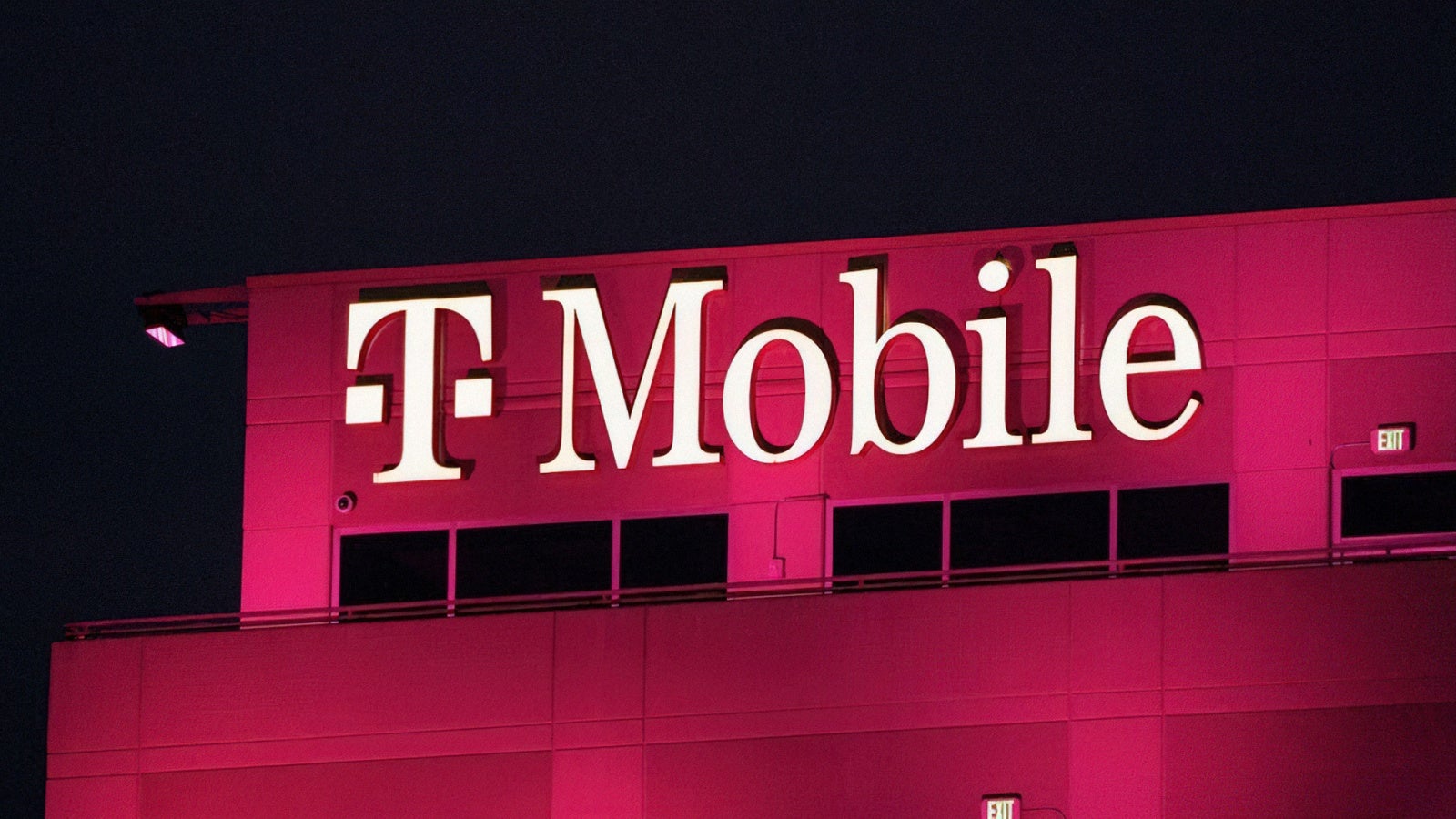







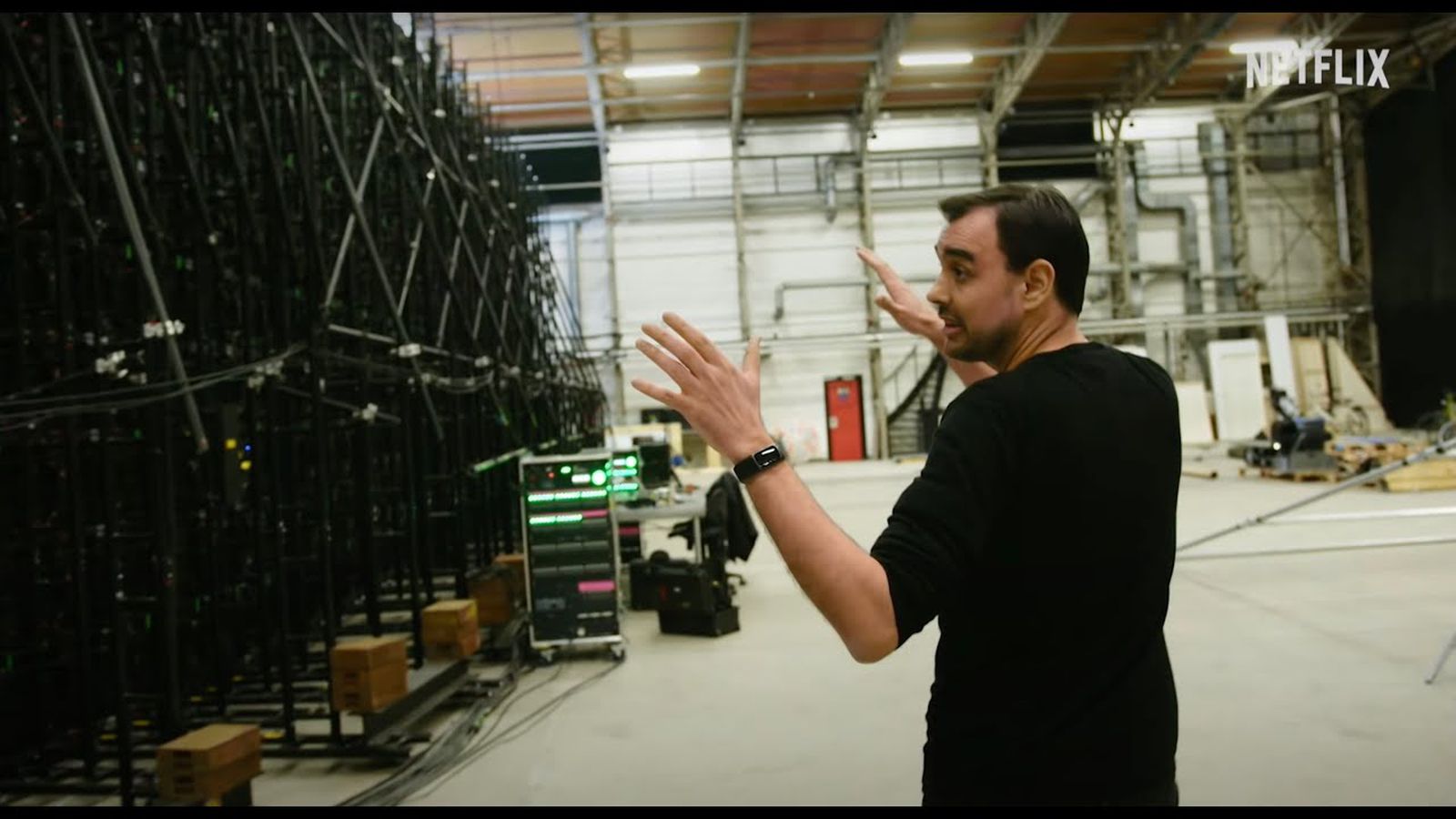
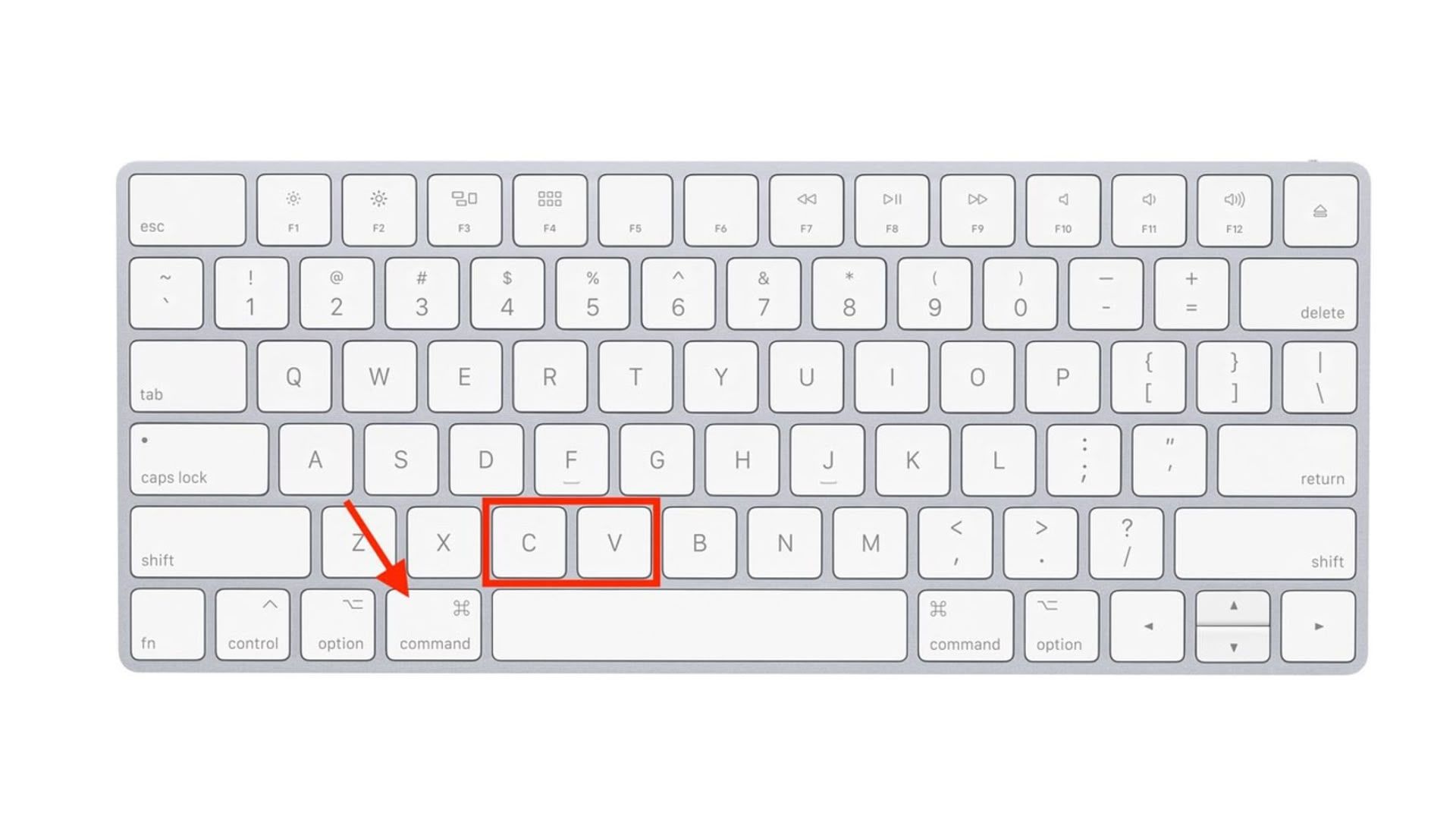





































![New iPhone 17 Dummy Models Surface in Black and White [Images]](https://www.iclarified.com/images/news/97106/97106/97106-640.jpg)


![Mike Rockwell is Overhauling Siri's Leadership Team [Report]](https://www.iclarified.com/images/news/97096/97096/97096-640.jpg)































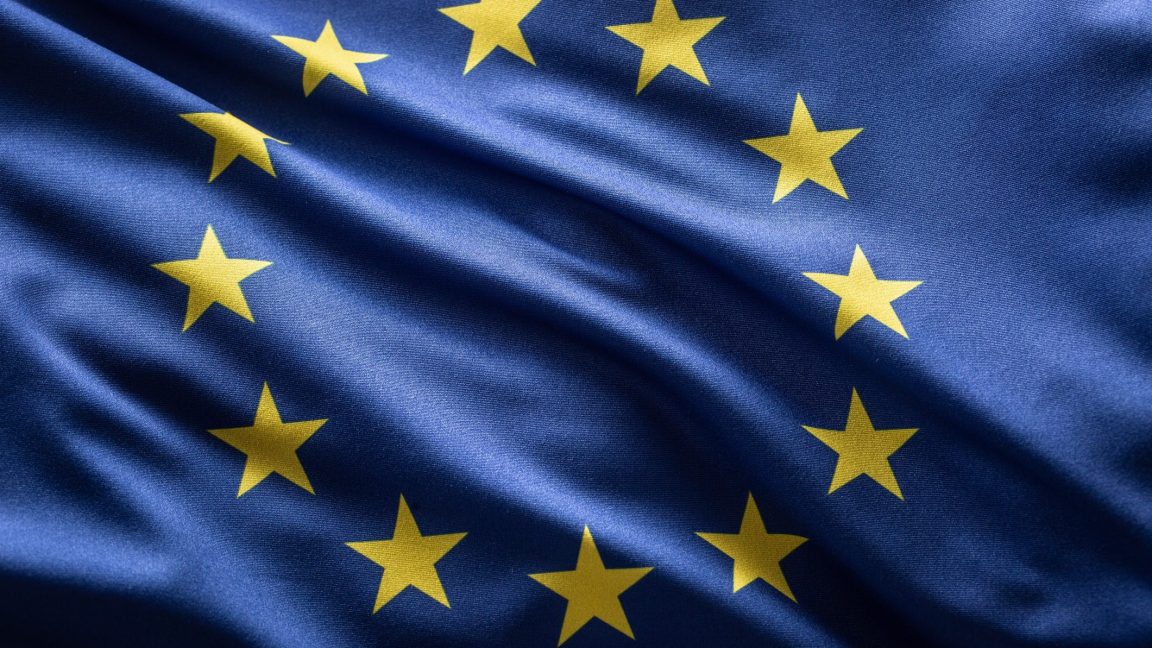
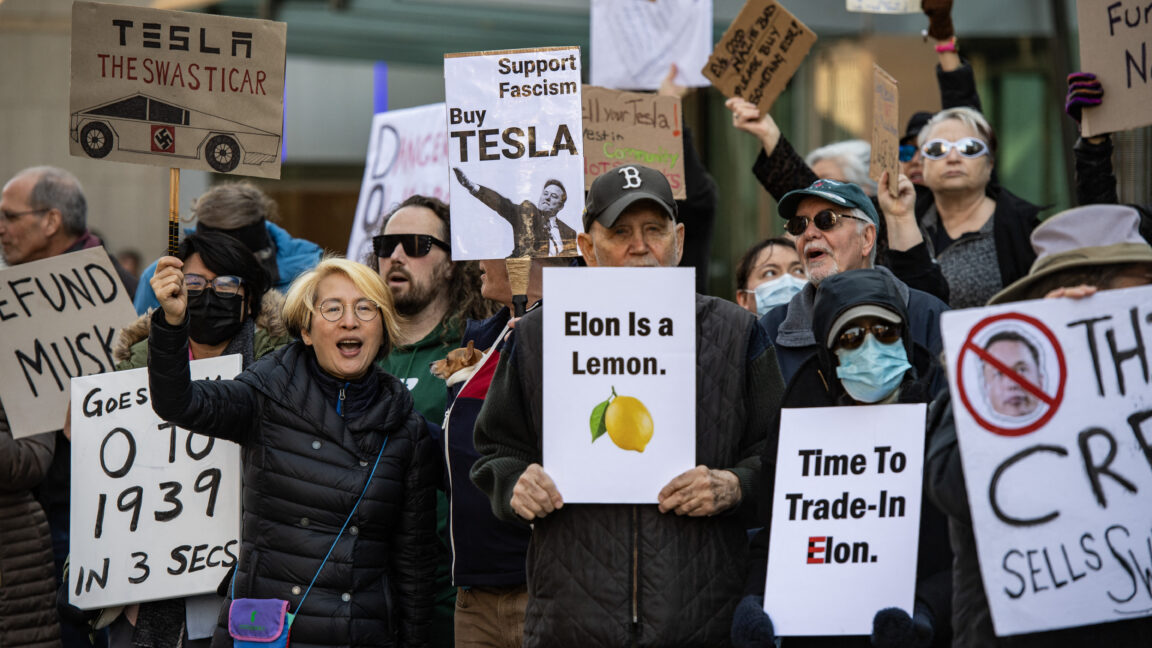
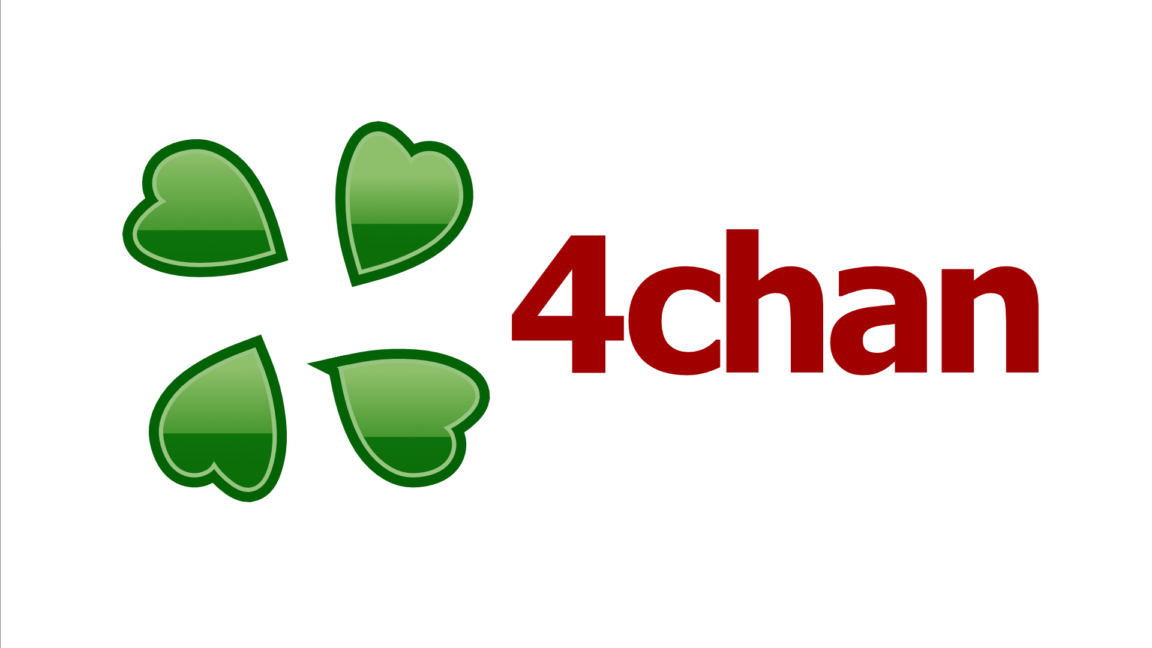









































































_Wavebreakmedia_Ltd_FUS1507-1_Alamy.jpg?width=1280&auto=webp&quality=80&disable=upscale#)






















































































![[The AI Show Episode 144]: ChatGPT’s New Memory, Shopify CEO’s Leaked “AI First” Memo, Google Cloud Next Releases, o3 and o4-mini Coming Soon & Llama 4’s Rocky Launch](https://www.marketingaiinstitute.com/hubfs/ep%20144%20cover.png)






















































































































![Did I Discover A New Programming Paradigm? [closed]](https://miro.medium.com/v2/resize:fit:1200/format:webp/1*nKR2930riHA4VC7dLwIuxA.gif)














































-Classic-Nintendo-GameCube-games-are-coming-to-Nintendo-Switch-2!-00-00-13.png?width=1920&height=1920&fit=bounds&quality=70&format=jpg&auto=webp#)




































































